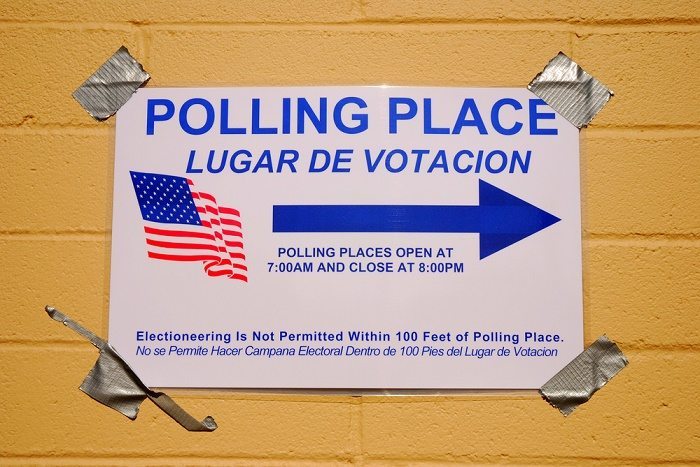California’s $15 Minimum Wage Initiative Is Likely Headed to Voters
The voter measure would hike the statewide minimum wage by a dollar on January 1 of every year from 2017 to 2021.

A California initiative calling for a $15 minimum wage by 2021 is likely headed to state voters in November after gathering more than enough signatures to qualify.
The voter measure would hike the statewide minimum wage by a dollar on January 1 of every year from 2017 to 2021. Backers told Rewire they have gathered 619,000 signatures, far surpassing the 365,880 signatures needed to qualify for the November ballot.
California’s statewide minimum wage stands at $10, making it one of the nation’s highest and second only the District of Columbia, which mandates a $10.50 minimum. On January 1, California’s minimum wage rose from $9 per hour, as required by a 2013 law.
Advocates for the wage hike said the signatures will be filed this month with county election officials, who must then verify the signatures.
The voter initiative would lift the wages of roughly four million employees, or one-quarter of workers in the Golden State who make less than $13 per hour, a recent analysis by the state legislative analyst indicates. The pay hike would apply to all employers, regardless of size, by 2021, and it includes adjustments for inflation beginning in 2022.
Supporters say raising the minimum wage helps combat poverty, but critics representing business interests point to the potential impact of higher labor costs and shrinking profits.
A recent analysis by the California Legislative Analysis’s Office indicates that the economic effect of the statewide minimum wage hike is unclear, as other wage hikes affected a smaller share of the workforce and were not indexed to inflation.
The measure appears to enjoy the support of state voters. A Field Poll of 1,555 registered voters conducted in the summer of 2015 indicated that 68 percent favored increasing the minimum wage by $1 annually over five years, as the Sacramento Bee reported.
“What we’ve seen around the country is it’s very difficult for state legislatures to raise the minimum wage to a living wage,” said spokesman Steve Trossman of Service Employees International Union-United Healthcare Workers West, a union of 85,000 hospital workers in California that sponsored the measure. “We strongly believe this is long overdue.”
Trossman told Rewire that Californians cannot support a family on today’s minimum wage, which amounts to $20,800 annually for full-time workers. He said he expects the initiative to qualify for the ballot by the end of next month.
Demands for better pay made headlines last year when thousands of fast-food employees marched in 270 cities in support of pay hikes and unionization in the Fight for $15 campaign.
More than 200 bills in 2015 called for increases to state or federal minimum wage, according to data from the National Conference of State Legislatures. Fourteen states began 2016 with a higher minimum wage, although the federal minimum wage remains $7.25 per hour.
In May 2015, the Los Angeles City Council agreed to lift the minimum wage in the city to $10.50 an hour by July 2016. Lawmakers in San Francisco and Seattle have also passed a $15 hourly wage increase. New York’s governor pushed through a $15 minimum wage for state workers that takes effect at the end of 2018.
A study by the Economic Roundtable found that an increased wage would be exceedingly positive for Los Angeles.
“We found that a phased-in increase to $15.25 by 2019 will put $5.9 billion more into the pockets of 723,000 working people, which will generate $6.4 billion in increased sales,” wrote Yvonne Yen Liu, one of the group’s researchers.
“That means that every dollar increase in the minimum wage generates $1.12 in economic stimulus,” Yen Liu wrote. “Businesses will hire more in response to the greater demand, creating 46,400 new jobs.”

